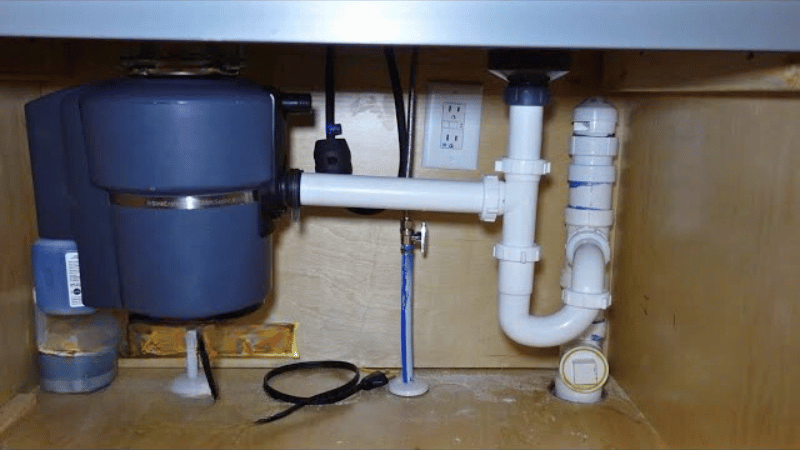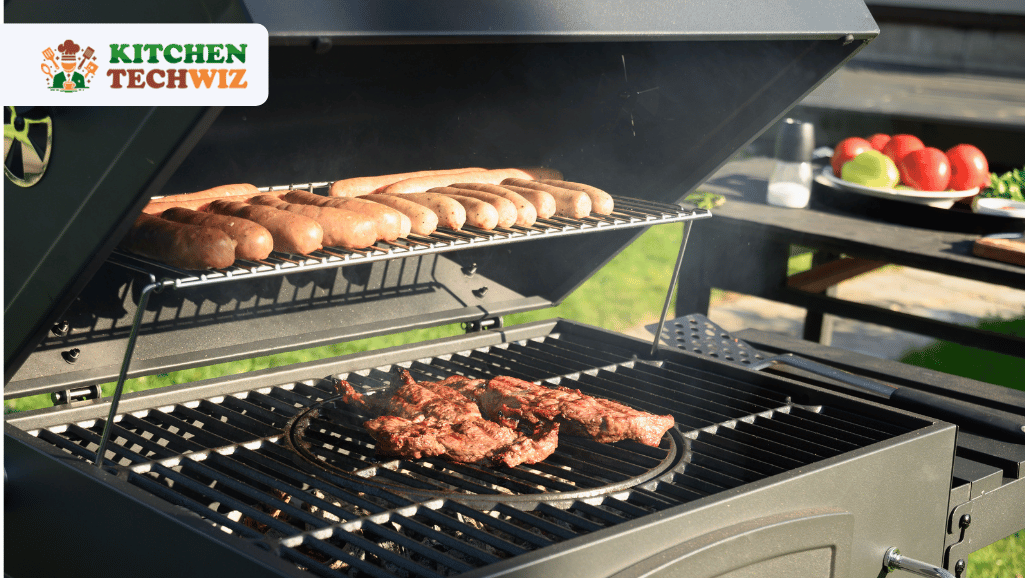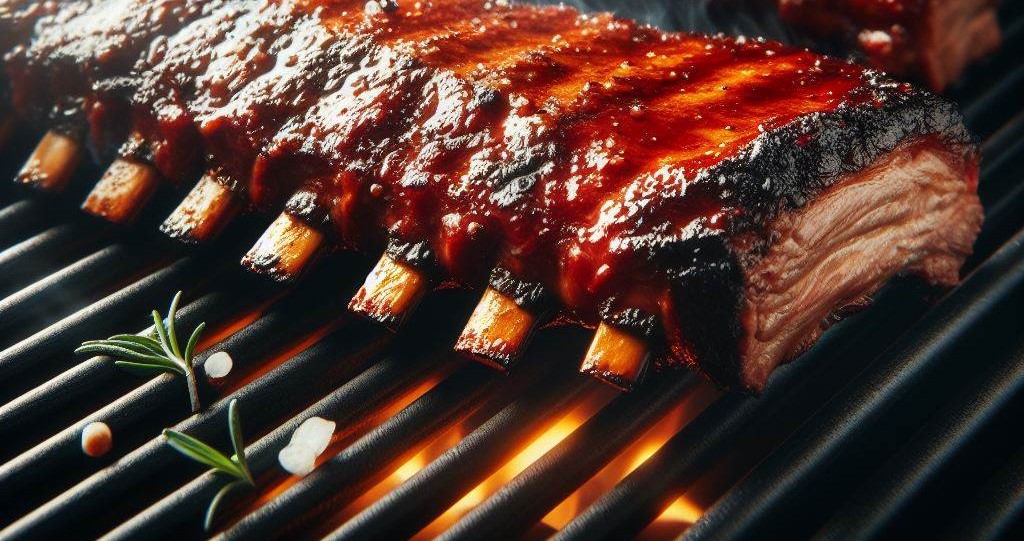Plumbing a double kitchen sink with a disposal and dishwasher can seem like a daunting task, but with the right tools and a bit of know-how, it can be a fairly straightforward project. Here is a step-by-step guide on how to do it.
How to Plumb a Double Kitchen Sink With Disposal And Dishwasher
By breaking the task down into smaller, manageable steps and following this guide closely, you can successfully plumb a double kitchen sink with a disposal and dishwasher. Good luck!
Materials Needed
- Two sink strainers
- Two P-traps
- Two tailpieces
- Two elbows
- Two dishwasher inlets
- One disposal inlet
- PVC glue
- PVC cutter
- Adjustable wrench
- Plumbers putty
- Silicone caulk
Installing the Sink Strainers
- Begin by installing the sink strainers into the sink’s drain openings.
- Use plumbers putty around the rim of each strainer and tighten it with an adjustable wrench.
- Let the putty dry for about 30 minutes.
Installing the P-Traps and Tailpieces
- Next, install the P-traps under the sink.
- Connect the tailpiece to the bottom of the sink strainer and attach the P-trap to the tailpiece.
- Tighten all connections with an adjustable wrench.
Connecting the Dishwasher Inlets
- Locate the dishwasher inlets and attach them to the P-traps using elbows.
- Connect the dishwasher inlets to the dishwasher’s drain line.
- Tighten all connections with an adjustable wrench.
Connecting the Disposal Inlet
- Attach the disposal inlet to the disposal’s drain port.
- Connect the disposal inlet to the other P-trap using an elbow.
- Tighten all connections with an adjustable wrench.
Finishing the Job
- Run water through the sink and check for any leaks.
- If there are no leaks, use silicone caulk to seal around the sink strainers.
- Allow the caulk to dry according to the manufacturer’s instructions.
How Do You Remove a Sink Strainer?
Removing a sink strainer is a relatively simple task that can be accomplished with a few basic tools. Here’s how:
- Turn off the water supply: Before removing the sink strainer, make sure to turn off the water supply to the sink to prevent any water from spilling out.
- Loosen the nut: Locate the nut that secures the strainer to the sink and use a pair of pliers or a wrench to loosen it. Some nuts can be removed by hand, while others may require a tool to loosen.
- Remove the strainer: Once the nut is loosened, gently twist and pull the strainer out of the sink. If the strainer is stuck, you may need to use a pair of pliers to gently pry it loose.
- Clean the sink and strainer: Clean the sink and strainer thoroughly to remove any debris or buildup.
- Replace the strainer: To replace the strainer, simply insert it back into the sink and tighten the nut securely. Make sure the strainer is seated properly and does not wobble.
How Do You Replace a Kitchen Sink P-trap?
Replacing a kitchen sink P-trap is a simple plumbing task that can be done in just a few steps. Here’s how:
- Turn off the water supply: Before replacing the P-trap, make sure to turn off the water supply to the sink to prevent any water from spilling out.
- Drain the pipes: Open the sink faucet and allow any remaining water to drain from the pipes.
- Loosen the connections: Locate the connections at the sink and the wall that secure the P-trap in place. Use a pair of pliers or a wrench to loosen the nuts and disconnect the pipes.
- Remove the old P-trap: Gently remove the old P-trap and dispose of it.
- Install the new P-trap: Install the new P-trap by connecting the pieces and securing the nuts. Make sure the connections are tight and there are no leaks.
- Turn on the water supply: Once the new P-trap is installed, turn the water supply back on and test the sink to ensure there are no leaks.
How Do You Properly Connect a Dishwasher Drain Hose?
Connecting a dishwasher drain hose properly is important to prevent leaks and ensure proper operation. Here’s how:
- Locate the drain: Find the drain connection under the sink, typically near the garbage disposal or sink trap.
- Attach the hose: Connect one end of the dishwasher drain hose to the dishwasher and the other end to the drain connection. Use a hose clamp to secure the connection.
- Check the height: Make sure the dishwasher drain hose is installed at the proper height to prevent kinking or bending, which can cause clogs or slow the drain.
- Test for leaks: Turn on the dishwasher and let it run for a few minutes to ensure there are no leaks in the drain hose connection.
- Secure the hose: If necessary, use zip-ties or hose clamps to secure the drain hose to the underside of the sink or dishwasher to prevent it from moving.
Here are some commonly asked questions and answers related to kitchen plumbing:
Can you use Teflon tape on plumbing connections?
Yes, Teflon tape can be used on plumbing connections to help create a tight, leak-proof seal.
How do you unclog a kitchen sink drain?
To unclog a kitchen sink drain, you can try using a plunger, a drain snake, or a mixture of baking soda and vinegar. If these methods don’t work, you may need to call a professional plumber.
What is the purpose of a sink tailpiece?
A sink tailpiece is a piece of pipe that connects the sink drain to the P-trap and helps to carry waste water out of the sink.
Can you use PVC pipes for kitchen plumbing?
Yes, PVC pipes can be used for kitchen plumbing, but it is important to use the proper fittings and installation techniques to ensure proper function and to prevent leaks.
What is the best way to prevent kitchen sink leaks?
The best way to prevent kitchen sink leaks is to ensure that all connections are tightened properly and to regularly inspect the sink and pipes for any signs of wear or damage. Additionally, using high-quality plumbing fixtures and proper installation techniques can also help to prevent leaks.
Conclusion
By following these steps, you should now have a properly installed double kitchen sink with a disposal and dishwasher. With patience and attention to detail, plumbing can be a fulfilling and cost-effective DIY project.
Read: How to Remove Hard Water Buildup From Faucet: 10 Ways to Sparkling



![16 Best Tabletop Propane Gas Grills 2024: [Also Charcoal & Electric]](https://kitchentechwiz.com/wp-content/uploads/2021/04/Best-Tabletop-Propane-Grill-1.jpg)

Leave a Reply